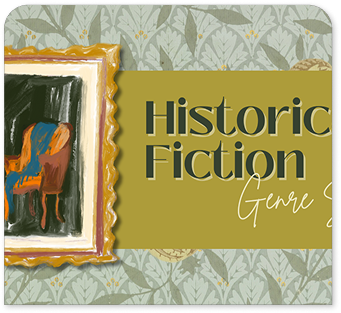-
Mon-Fri: 10AM to 8PM 01722665665
-
My Account
-
-
0
Total :
₹ 0.00

The New Way Biology Lab Manual for Class 11 by Japinder Kaur (New Way Publications) is a CBSE-aligned practical guide designed to strengthen conceptual understanding through experiments. Covering plant and animal studies, biochemical tests, microscopy, and specimen identification, it provides step-by-step procedures, diagrams, and viva questions for exam preparation. Ideal for Class 11 students, this manual ensures thorough practical knowledge of topics like osmosis, transpiration, chromatography, and mitosis. A must-have for CBSE board exams, it aids in project work and lab records.
Yes, the manual is fully aligned with the latest CBSE Class 11 Biology practical syllabus, ensuring all experiments and activities meet board requirements.
Yes, each experiment is followed by important viva voce questions to help students prepare for their practical exams.
Absolutely! The manual includes high-quality, labeled diagrams and illustrations for better visualization of biological structures and processes.
Yes, Part A focuses on plant-based experiments (e.g., osmosis, transpiration), while Part B includes animal specimen studies (e.g., frog, earthworm) and microscopic observations.
Yes, every experiment has detailed step-by-step instructions, required materials, and expected observations for clarity.
Yes, Experiments 10–13 cover tests for urea, sugar, albumin, and bile salts in urine samples.
Yes, detailed procedures for preparing and studying slides of specimens like bacteria, fungi, and plant tissues are included.
Yes, specific guidance is provided for investigatory projects and maintaining practical records, aligned with CBSE evaluation criteria.
Yes, it details tests for sugars, starch, proteins, fats, urea, and bile salts, helping students understand biochemical processes.
Yes, it encourages observation-based learning and hands-on skills, laying a solid foundation for future scientific research.
Yes, the manual is fully aligned with the latest CBSE Class 11 Biology practical syllabus, ensuring all experiments and activities meet board requirements.
Yes, each experiment is followed by important viva voce questions to help students prepare for their practical exams.
Absolutely! The manual includes high-quality, labeled diagrams and illustrations for better visualization of biological structures and processes.
Yes, Part A focuses on plant-based experiments (e.g., osmosis, transpiration), while Part B includes animal specimen studies (e.g., frog, earthworm) and microscopic observations.
Yes, every experiment has detailed step-by-step instructions, required materials, and expected observations for clarity.
Yes, Experiments 10–13 cover tests for urea, sugar, albumin, and bile salts in urine samples.
Yes, detailed procedures for preparing and studying slides of specimens like bacteria, fungi, and plant tissues are included.
Yes, specific guidance is provided for investigatory projects and maintaining practical records, aligned with CBSE evaluation criteria.
Yes, it details tests for sugars, starch, proteins, fats, urea, and bile salts, helping students understand biochemical processes.
Yes, it encourages observation-based learning and hands-on skills, laying a solid foundation for future scientific research.


